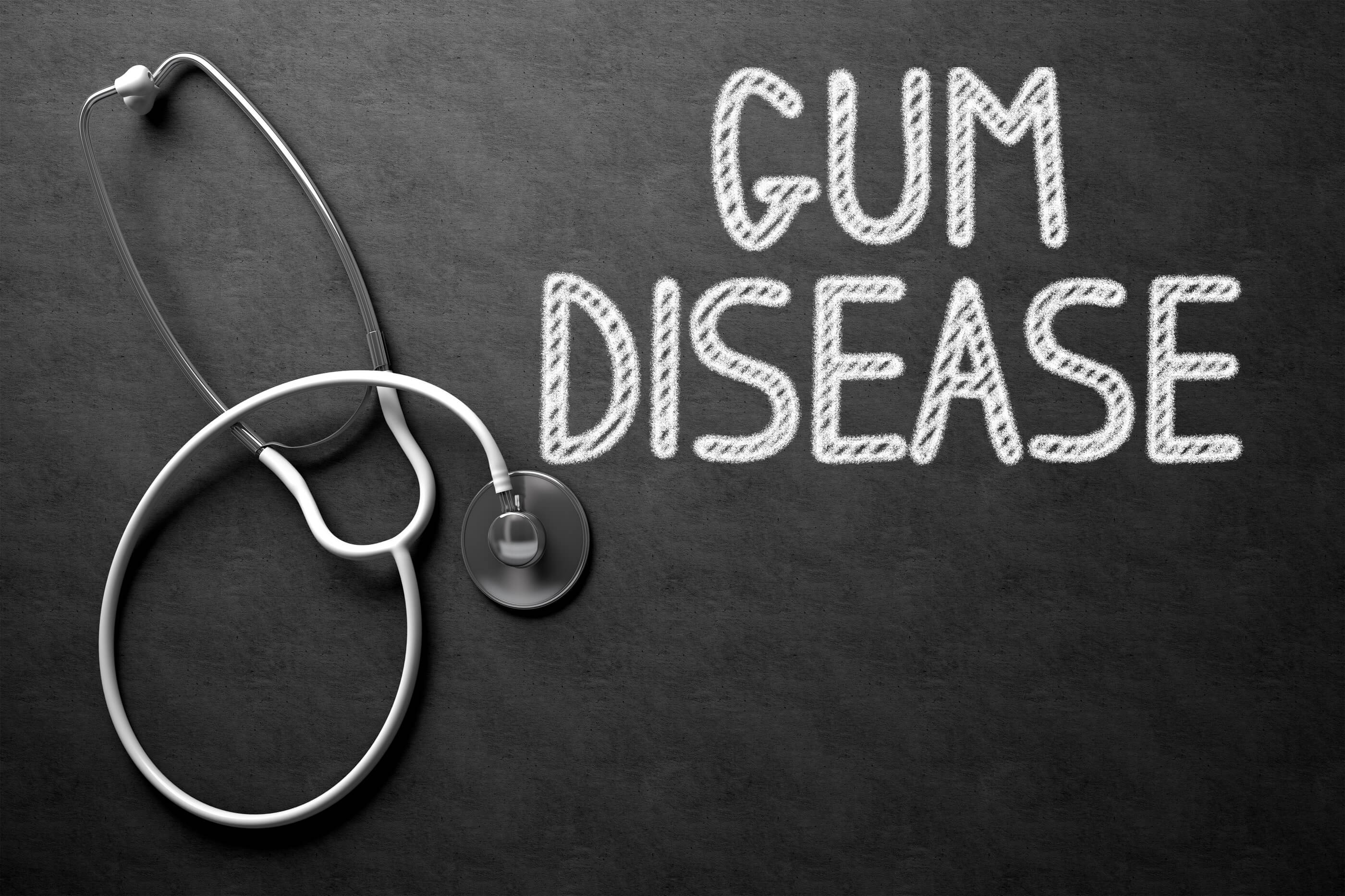
Once you’ve had your teeth whitened you’re going to want to make those pearly whites last as long as possible. Though the process to get your teeth whitened may be quick, and you think the job’s done. The chemicals used will still take some time to act on your teeth fully.
This means a few adjustments to what you eat and drink daily.
We’ll go through these below so you’re walking around with a stunning smile for the foreseeable future!
The first 24 hours
After you’ve had your teeth whitened. The first 24 hours are crucial and when your teeth are most vulnerable.
During this time it’s important you do the following:
Avoid any staining drinks. This means beverages such as Coffee, Tea, Red Wine, and any colored drinks are off-limits. This applies to both alcohol and nonalcoholic drinks.
The same applies to food and you want to avoid anything that may also stain your teeth. Stay away from foods such as red meat, soy sauce, pasta sauce, chocolate, and most fruits with a lot of natural colors in them.
A good rule of thumb is if the food or drink can stain a white shirt, then it’s off limits!
On top of what you can eat or drink, you’re not allowed to smoke cigarettes and avoid any toothpaste or mouthwash that’s colored in nature.
After the first 24 hours
After the first 24 hours, your whitened teeth are less sensitive and vulnerable. But this doesn’t let you off the hook, and there are certain food and drinks that are worth avoiding if you’d like the whitening effects to last as long as possible.
When it comes to food, you want to stick to foods that are ‘white’ in nature.
This means you’re eating skinless chicken or turkey meat, fish, pasta, cheese, onions, egg whites, bananas, and yogurt. What’s important to note is you’ll find colored or darker varieties of these such as darker fish meat. You want to try and avoid these colored varieties and stick to the white ones. That red-colored strawberry flavored yogurt is a no-no.
With drinks, a similar rule applies to help your teeth stay white longer. Go for clear drinks with no added sugars in them. White lemonade, skimmed milk, clear coconut water, and alcohols such as Gin are all okay.
There are many other ways your white teeth can be stained, so it’s good to put on the lens of a ‘white diet’. If it looks colored and could stain your white shirt then avoid it. Food items can have strong acting color pigments and can alter the results of the whitening chemicals being used on your teeth.
You’ll want to follow these tips for at least the first 10 to 15 days after treatment.
After this, the rules can relax a bit but it’s not a bad idea to follow it as closely as possible and invest in oral care products that can help keep your teeth white and remove slight stains.
Schedule your teeth whitening appointment today. We serve patients in the Los Angeles metro area, including Torrance, Marina del Rey, Redondo Beach, South Bay, and other cities.









